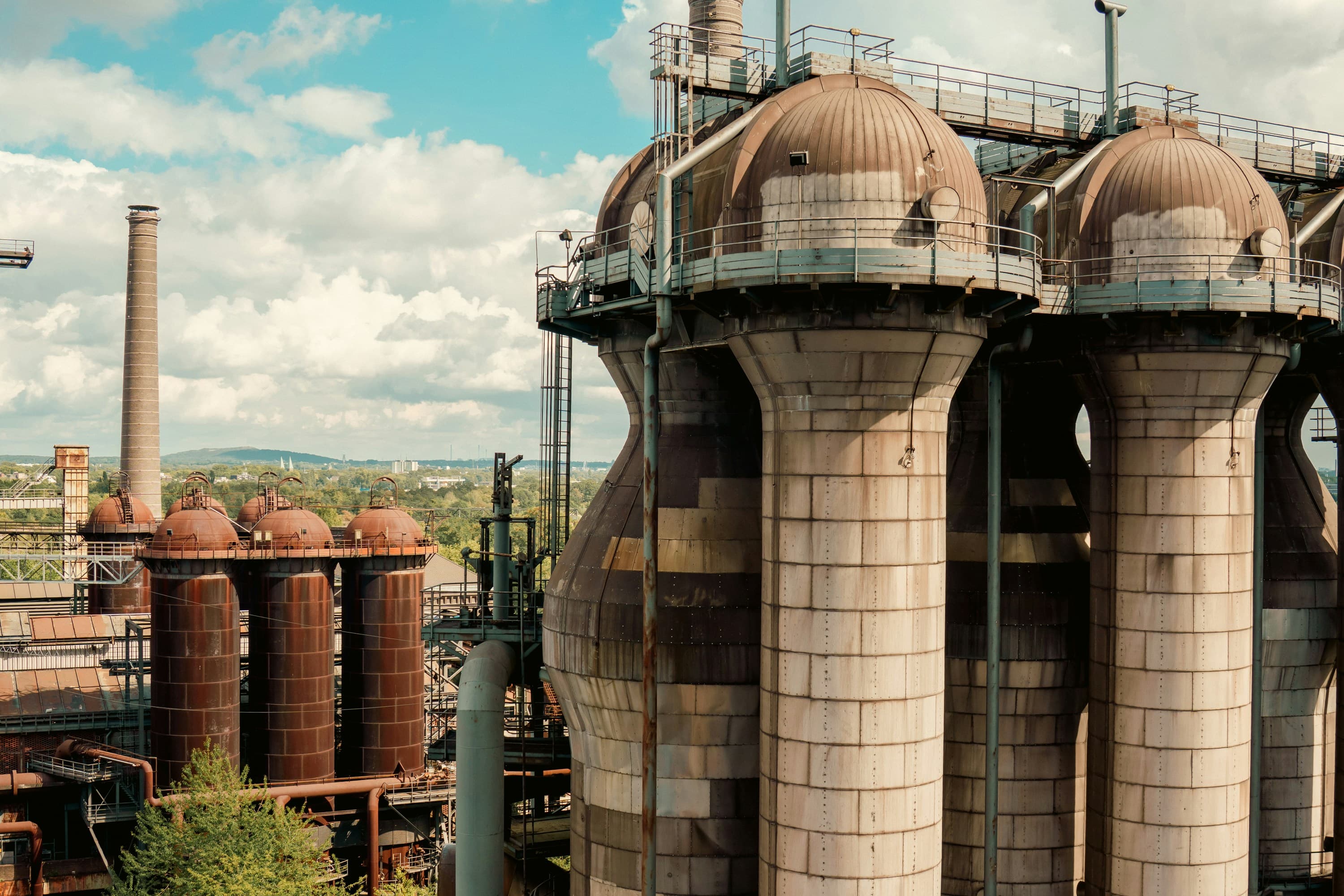Produce and inject green hydrogen to decarbonize gas network
 Promigas
Promigas Cecodes
Cecodes总结
Produce and inject green hydrogen into natural gas networks, enabling lower-carbon energy distribution and supporting the transition toward cleaner fuels.
Context
Promigas S.A. E.S.P. is a leading energy infrastructure company operating in Colombia and Peru, with over 2,200 employees. It connects markets to energy sources through the transportation and distribution of natural gas, electricity, and related services.
In Colombia, it supplies 3.7 million users—nearly 15 million people—covering 38% of the national natural gas market. In Peru, it serves 1.1 million users, representing 94% of that country’s market.
With over 45 years of experience, it has pioneered the expansion of the gas sector in Latin America, developing the first LNG regasification plant in Colombia and the Brilla non-bank financing program. As part of its 2019 innovation strategy, the company began investing in renewable and low-carbon gases—including biomethane, hydrogen, and ammonia—to accelerate its 2040 decarbonization roadmap.
Location: Cartagena, Colombia
Solution
A pilot project was designed and implemented to produce and inject green hydrogen into natural gas transport and distribution networks. Hydrogen is generated using electrolysis powered by renewable electricity, aligning with Colombia’s Hydrogen Roadmap (2021).
The initiative diversifies the national energy portfolio, builds technical capacity, and supports the long-term integration of renewable gases into the energy system.
Key steps:
Needs assessment: Studied hydrogen and energy requirements across residential, commercial, and industrial sectors.
Project approval: Developed a business case and secured internal funding.
Procurement: Acquired electrolyzer and materials to enable hydrogen production.
Engineering and construction: Collaborated with local firms to design, build, and commission the pilot plant.
Research collaboration: Partnered with universities and research entities for ongoing studies on hydrogen safety and performance.
Production and testing: Produced 1.5 tonnes of hydrogen per year and injected it into the Mamonal gas network in Cartagena.
Knowledge sharing: Formed alliances with national and international organizations to share findings and accelerate learning.
Scale-up planning: Designed a flexible system capable of producing up to 18 tonnes annually across five expansion phases.
Impact
Sustainability impact
Climate
Prevents approximately 6 tonnes of CO₂ emissions per year, showcasing hydrogen’s role in decarbonizing gas infrastructure.
Contributes to Colombia’s Hydrogen Roadmap and national net-zero goals, advancing the use of renewable gases.
Nature
Reduces dependence on fossil fuels and supports cleaner air quality in industrial and urban zones.
Social
Built local expertise in hydrogen technologies through collaboration with Colombian engineering and academic institutions.
Strengthened cooperation between industry, academia, and government, promoting innovation and workforce development in clean energy.
Business impact
Benefits
Positioned the company as a leader in energy transition within Latin America.
Enhanced technical knowledge and created new opportunities for renewable gas businesses.
Attracted partnerships and recognition at national and international levels.
Supported alignment with long-term decarbonization goals and sustainable growth strategies.
Costs
Total investment: US$1.2 million, fully financed by the company.
No direct financial return due to current restrictions on hydrogen sales through gas networks.
Delivered significant strategic, reputational, and innovation value despite the absence of immediate revenue.
Implementation
Typical business profile
Energy infrastructure operators, utilities, and gas distributors pursuing low-carbon transition pathways.
Approach
Conduct feasibility studies on hydrogen integration.
Develop internal capacity and secure partnerships.
Implement scalable pilot infrastructure.
Strengthen R&D through cross-sector collaboration.
Apply findings to future hydrogen policy and commercialization.
Stakeholders involved
Internal: Innovation and engineering teams, Energy and Gas Research and Innovation Center (CIIEG).
External: Colombian engineering firms, universities, the GreenGas Alliance, government bodies, and Cartagena communities.
Implementation and operations tips
Ensure safety and regulatory alignment for hydrogen blending.
Engage local partners to close knowledge gaps.
Integrate hydrogen initiatives within national energy strategies.
Design pilots with flexibility for scale-up and market adaptation.
